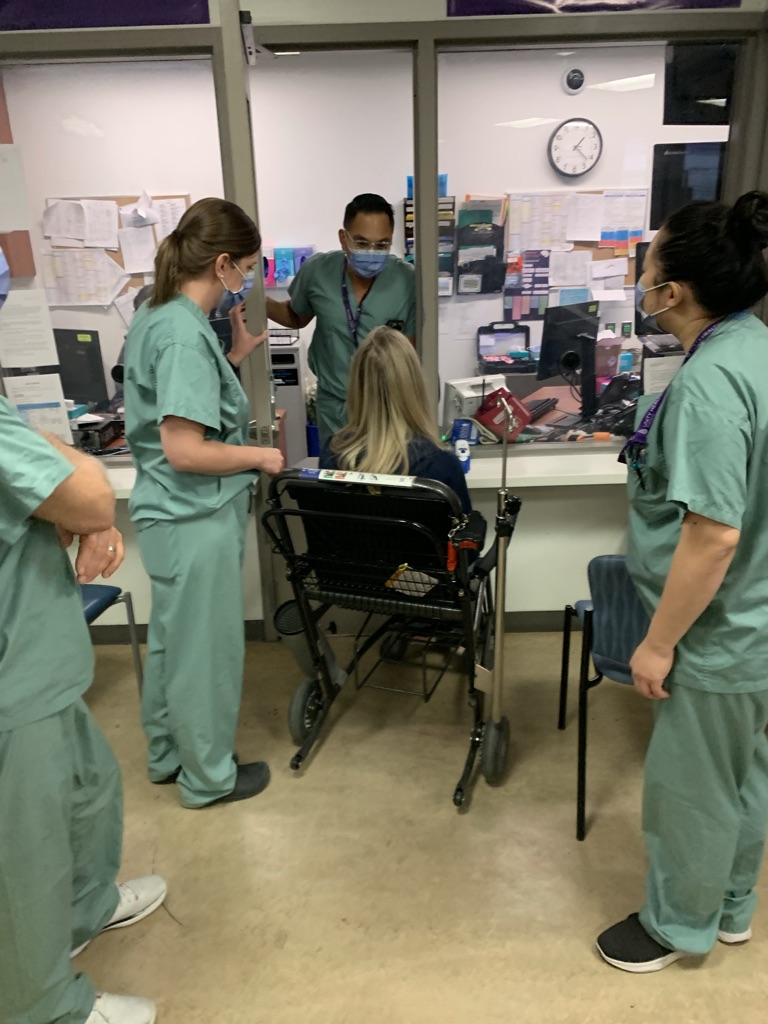
The power of #simulation-informed #design
We tested, refined & improved the process for walk-in stroke patients using an 8 min scenario and 25min debriefing with a multidisciplinary team led by stroke NP Lee Barratt
A boardroom meeting never would've accomplished the same.
1/
We tested, refined & improved the process for walk-in stroke patients using an 8 min scenario and 25min debriefing with a multidisciplinary team led by stroke NP Lee Barratt
A boardroom meeting never would've accomplished the same.
1/

We began with a pre-brief to discuss potential challenges and opportunities for improvement.
RNs, MDs, clinical assistants from ED and neurology all provided input.
Then, rather than guess whether these ideas worked, we went right to the clinical environment to test them.
2/
RNs, MDs, clinical assistants from ED and neurology all provided input.
Then, rather than guess whether these ideas worked, we went right to the clinical environment to test them.
2/
A simulated scenario was run within the actual emergency dept to understand how these patients would be quickly identified, a Code Stroke would be activated and key processes initiated.
Participants & observers provided feedback and perspectives during the debriefing.
3/
Participants & observers provided feedback and perspectives during the debriefing.
3/
Decisions were made with high degree of certainty because we had all just observed the actual experience.
Far too often in healthcare we make decisions by guessing...and hope that things work out.
The efficiency of #simulation informed design is often unmatched.
4/
Far too often in healthcare we make decisions by guessing...and hope that things work out.
The efficiency of #simulation informed design is often unmatched.
4/
A few subtle observations linked to the strengths of this process
1. Ideas were directly linked to observations. We removed the guess work from the process
2. We established a flattened hierarchy where everyone's opinions were treated as equal
5/
1. Ideas were directly linked to observations. We removed the guess work from the process
2. We established a flattened hierarchy where everyone's opinions were treated as equal
5/
3. People were standing & moving for most of the session, creating a far more engaged group than typical meetings with people on their phones/laptops (or asleep!).
4. The group was multi-disciplinary and cross departmental.
4. The group was multi-disciplinary and cross departmental.
The development of the translational simulation program @UnityHealthTO & @Sim_UnityHealth has normalized process improvement & #design through simulation.
This results in greater engagement among staff, faster & more accurate decisions and ultimately better patient care.
End
This results in greater engagement among staff, faster & more accurate decisions and ultimately better patient care.
End
• • •
Missing some Tweet in this thread? You can try to
force a refresh















